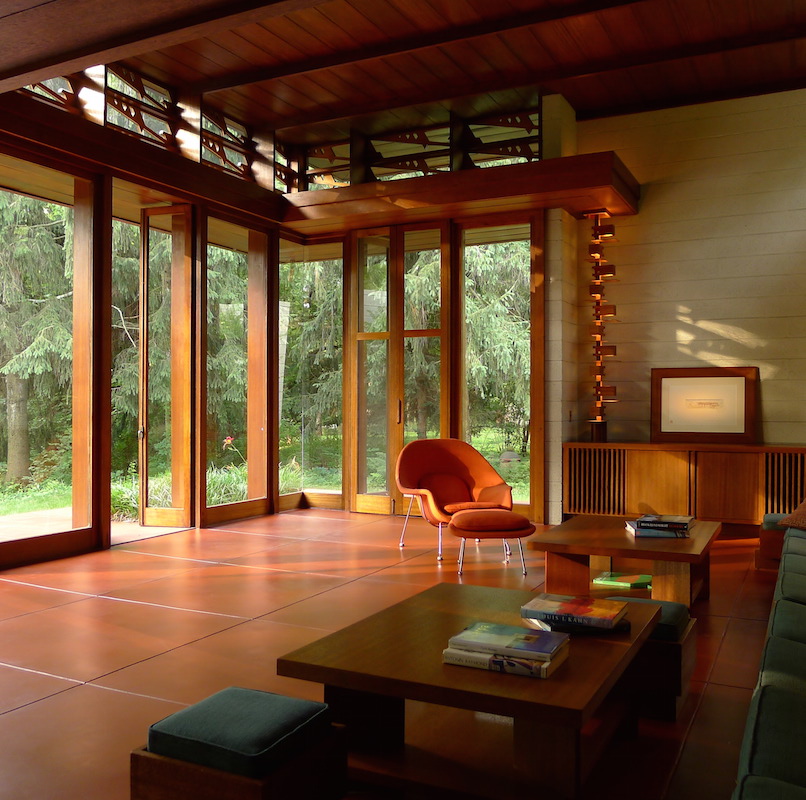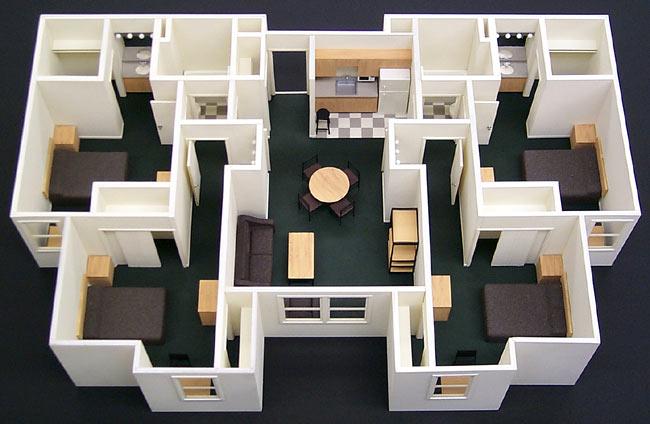Premier Winchester Architect for Unique Home Designs
Premier Winchester Architect for Unique Home Designs
Blog Article
The Art of Equilibrium: Exactly How Interior Design and Home Designer Collaborate for Stunning Results
In the realm of home style, striking a balance in between aesthetics and functionality is no small accomplishment. This delicate balance is attained with the harmonious cooperation in between indoor developers and designers, each bringing their unique competence to the table. The outcome? Areas that are not only aesthetically sensational but likewise very livable. Nonetheless, this ideal blend is not constantly simple to obtain. Stick with us as we discover the intricacies of this joint process and its transformative effect on home layout.
Recognizing the Core Differences Between Interior Decoration and Home Architecture
While both Interior Design and home style play essential roles in creating cosmetically pleasing and useful areas, they are inherently different techniques. Home design mainly concentrates on the architectural elements of the home, such as building codes, safety laws, and the physical building of the space. It deals with the 'bones' of the framework, dealing with spatial dimensions, load-bearing wall surfaces, and roof covering styles. On the various other hand, Interior Design is much more concerned with boosting the sensory and visual experience within that framework. It entails picking and organizing furnishings, selecting color pattern, and including ornamental elements. While they operate in tandem, their roles, responsibilities, and locations of expertise deviate dramatically in the production of an unified home environment.
The Harmony In Between Home Architecture and Inside Layout
The synergy between home design and Interior Design lies in a shared vision of style and the improvement of functional aesthetics. When these two areas straighten harmoniously, they can transform a home from ordinary to remarkable. This cooperation calls for a deeper understanding of each discipline's principles and the capability to produce a natural, cosmetically pleasing environment.
Unifying Design Vision
Linking the vision for home style and interior layout can produce a harmonious living room that is both practical and aesthetically pleasing. It advertises a synergistic approach where building elements enhance interior design elements and vice versa. Thus, unifying the style vision is essential in blending design and indoor layout for sensational results.
Enhancing Useful Visual Appeals
Just how does the harmony between home architecture and Interior Design boost functional aesthetics? This harmony allows the development of areas that are not only visually appealing however also easily usable. Designers prepared with their structural style, making certain that the area is sensible and reliable. The interior developer after that enhances this with very carefully picked components that boost the aesthetic appeals without endangering the performance. This unified cooperation can result in homes that are both gorgeous and liveable. For example, a designer might create a home with high ceilings and big windows. The indoor designer can after that accentuate these functions with sheer curtains and tall plants, respectively, thus improving the aesthetic charm while maintaining the functional benefits of natural light and spaciousness.
Importance of Collaboration in Creating Balanced Spaces
The collaboration between interior designers and architects is essential in creating balanced rooms. It brings harmony between layout and style, bring to life rooms that are not only visually pleasing however also practical. Discovering effective collaborative strategies can offer insights right into just how this synergy can be successfully attained.
Harmonizing Style and Style
Equilibrium, an important facet of both indoor layout and design, can only truly be accomplished when these 2 fields job in consistency. This collaborative procedure results in a cohesive, well balanced design where every component has a function and contributes to the total visual. Balancing layout and design is not simply regarding developing attractive rooms, yet regarding crafting spaces that work effortlessly for their inhabitants.
Effective Collaborative Methods

Situation Studies: Effective Assimilation of Design and Architecture
Examining numerous case research studies, it emerges just how the successful assimilation of Interior Design and architecture can change an area. The Glass House in Connecticut, renowned for its minimalistic sophistication, is one such example. Engineer Philip Johnson and interior designer Mies van der Rohe teamed up to create an unified balance in between the interior and the framework, leading to a smooth flow from the outside landscape to the inner living quarters. An additional exemplar is the Fallingwater Residence in Pennsylvania. Designer Frank Lloyd Wright and indoor designer Edgar Kaufmann Jr.'s joint look at here efforts cause a stunningly one-of-a-kind home that mixes with its natural environments. These case research studies underline the extensive impact of an effective design and style partnership.

Getting Rid Of Obstacles in Style and Architecture Cooperation
Regardless of the indisputable advantages of an effective partnership between Interior Design and style, it is not without its challenges. Communication concerns can occur, as both events may utilize different terminologies, understandings, and strategies in their job. This can lead to misconceptions and delays in task completion. An additional major obstacle is the balancing act of aesthetic appeals and functionality. Engineers may focus on structural stability and safety, while designers concentrate on comfort and design. The combination of these purposes can be complicated. In addition, budget and timeline restraints commonly add pressure, possibly causing breaks in the collaboration. For that reason, reliable communication, shared understanding, and concession are important to get over these challenges and accomplish a successful and harmonious cooperation.

Future Trends: The Evolving Connection Between Home Architects and Inside Designers
As the world of home layout proceeds to progress, so does the connection between designers and indoor designers. Alternatively, interior designers are accepting technological elements, influencing total layout and performance. The future assures a more natural, cutting-edge, and flexible strategy to home layout, as designers and developers continue to obscure the lines, fostering a partnership that absolutely embodies the art of balance.
Final thought
The art of balance in home design is accomplished via the unified collaboration between indoor developers and engineers. In spite of challenges, this partnership fosters growth and innovation in layout.
While both interior layout and home style play essential roles in creating cosmetically pleasing and functional rooms, they are inherently various techniques.The synergy between home design and indoor design click here now exists in a common vision of style and the improvement of functional visual appeals.Linking the vision for home architecture and indoor layout can create an unified living room that is both functional and cosmetically pleasing. Thus, unifying the layout vision is important in mixing architecture and indoor design for stunning outcomes.
How does the harmony in between home style and indoor layout enhance functional appearances? (Winchester architect)
Report this page